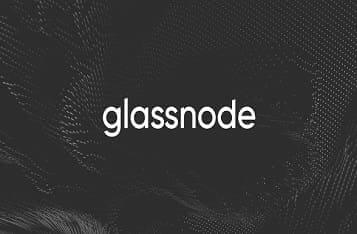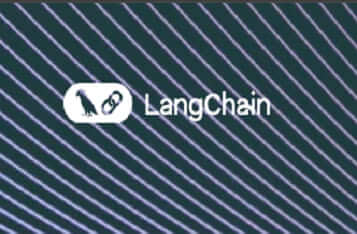Enhancing GPU Performance: Tackling Instruction Cache Misses
GPUs are designed to process vast amounts of data swiftly, equipped with compute resources known as streaming multiprocessors (SMs) and various facilities to ensure a steady data flow. Despite these capabilities, data starvation can still occur, leading to performance bottlenecks. According to the NVIDIA Technical Blog, a recent investigation highlights the impact of instruction cache misses on GPU performance, particularly in a genomics workload scenario.
Recognizing the Problem
The investigation centers on a genomics application utilizing the Smith-Waterman algorithm, which involves aligning DNA samples with a reference genome. When executed on an NVIDIA H100 Hopper GPU, the application exhibited promising performance initially. However, the NVIDIA Nsight Compute tool revealed that the SMs occasionally faced data starvation, not due to lack of data but due to instruction cache misses.
The workload, composed of numerous small problems, caused uneven distribution across the SMs, leading to idle periods for some while others continued processing. This imbalance, known as the tail effect, was particularly noticeable when the workload size increased, resulting in significant instruction cache misses and performance degradation.
Addressing the Tail Effect
To mitigate the tail effect, the investigation suggested increasing the workload size. However, this approach led to unexpected performance deterioration. The NVIDIA Nsight Compute report indicated that the primary issue was the rapid increase in warp stalls due to instruction cache misses. The SMs could not fetch instructions quickly enough, causing delays.
Instruction caches, designed to store fetched instructions close to the SMs, were overwhelmed as the number of required instructions grew with the workload size. This phenomenon occurs because warps, groups of threads, drift apart in their execution over time, leading to a diverse set of instructions that the cache struggles to accommodate.
Solving the Problem
The key to resolving this issue lies in reducing the overall instruction footprint, particularly by adjusting loop unrolling in the code. Loop unrolling, while beneficial for performance optimization, increases the number of instructions and register usage, potentially exacerbating cache pressure.
The investigation experimented with varying levels of loop unrolling for the two outermost loops in the kernel. The findings suggested that minimal unrolling, specifically unrolling the second-level loop by a factor of 2 while avoiding unrolling the top-level loop, yielded the best performance. This approach reduced instruction cache misses and improved warp occupancy, balancing performance across different workload sizes.
Further analysis of the NVIDIA Nsight Compute reports confirmed that reducing the instruction memory footprint in the hottest parts of the code significantly alleviated instruction cache pressure. This optimized approach led to better overall GPU performance, particularly for larger workloads.
Conclusion
Instruction cache misses can severely impact GPU performance, especially in workloads with large instruction footprints. By experimenting with different compiler hints and loop unrolling strategies, developers can achieve optimal code performance with reduced instruction cache pressure and improved warp occupancy.
For more details, visit the NVIDIA Technical Blog.






